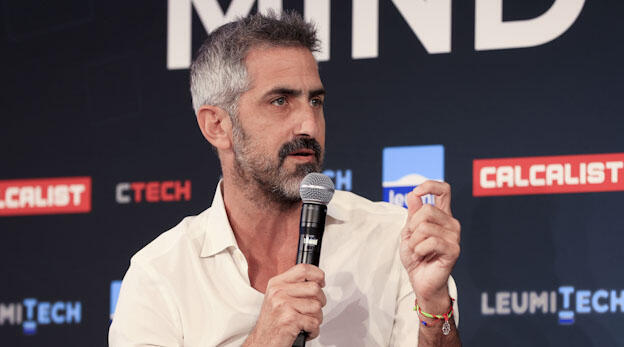
Founders on Sofas
A glimpse into a founder’s session: Crisis resilience
First session: regulating our emotions and catching ourselves from over-catastrophizing
The ongoing war in Israel is affecting everyone in our country, and founders are by no means immune. Prolonged stress, stemming from concerns about the physical safety of our loved ones, mourning for the suffering of terror victims, economic uncertainty, and a portion of team members reporting to reserves, all make it a complex time for founders.
Even those founders who have gone through tremendous work to refine their leadership abilities are falling back into negative patterns which could have a trickle effect on their team and the overall company health. In these founder sessions, we will walk through different scenarios and tools to enhance our resilience as leaders and make sure we continue to steer our companies forward with a healthy culture.
The first session will discuss one of the most common problems: regulating our emotions and catching ourselves from over-catastrophizing.
Tom, leading a growth-stage startup with 140 employees, enters our session in a state of crisis—panicking and angry: “Our company is heading to crisis… My VP Product has decided to add a totally new feature at the last minute. He claims our top-tier customers need it NOW, otherwise, they churn. He is changing the entire roadmap for this quarter and taking away energy and resources from a top priority project: strengthening the infrastructure of our platform. This could kill us!”
Tom’s spiraling thoughts are in line with our brains' tendency towards negativity. The brain triggers negative thoughts when we face stress, uncertainty, or any other unpleasant situation, to alert us that something bad is about to happen. It is a survival mechanism, which we must learn to control and respond adaptively.
The following psychological method we use to address this is Cognitive Behavioural Therapy (CBT), an incredibly successful approach to overcoming automatic thoughts and regaining control.
The first step is to stop and recognize the drastic thought that we jumped to in our heads.
The conclusion Tom has reached, that the action of his VP product could KILL his company, is what is triggering his intense emotional response. Instead of letting this thought guide you, take a moment to pause and examine it.
“It could kill the company” - this is the thought we are going to address.
The second step is to put a question mark on our doomsday conclusion.
Stopping to ask himself the question: Could this, the VP Product adding a feature, actually kill my company? Ask it aloud, and answer it aloud.
“Okay it won't kill the company but it will slow us down.”
We don’t stop there, ask yourself follow-up questions: How will this slow you down? What is the goal of your VP Product’s activities? What are other possible outcomes?
You may find that what went from ‘killing the company’ turns to ‘borrowing three developers short-term to add a feature that will stop two main customers from churning but will also slow down our long-term goals.’
The third step is rephrasing.
Simply changing our language from ‘killing the company’ to ‘slowing down our long-term goals’ can impact our mindset, emotions, and ground us. It is also likely that, even after this exercise, Tom still does not agree with his VP Product.
Tom has taken himself out of doomsday panic mode, which would have left him and his VP Product in a worse position, to a much more collected, rational, and controlled mode of being.
This leaves us with step 4: Going back to the problem in a more adaptive, more open way.
After pausing, reflecting, addressing realistic concerns, and navigating away from the doomsday scenario, Tom emerges as a leader who can handle the situation, rather than letting it handle him.
To revisit this tool for moments when you, like Tom, find yourself panicking, envisioning worst-case scenarios, and ready to react impulsively, here are the four steps that could be hugely helpful:
Phase 1: Recognize the thought, stop, and listen to the drastic conclusions your head is jumping to, rather than acting impulsively
Phase 2: Put a question mark
Phase 3: Rephrase your wording more accurately to describe your fears, thus bringing down the energy and anxiety
Phase 4: Returning with a more adaptive mindset where dialog can happen and a constructive conversation can take place.
It is normal to have these ‘abnormal’ reactions in the tremendously stressful outward environment we find ourselves in. Don't be hard on yourself about it, rather use these tools to help yourself adapt and retain resilience during this difficult time.
Noa Matz is an early-stage investor, a certified Psychologist, and a professor at IDC University














